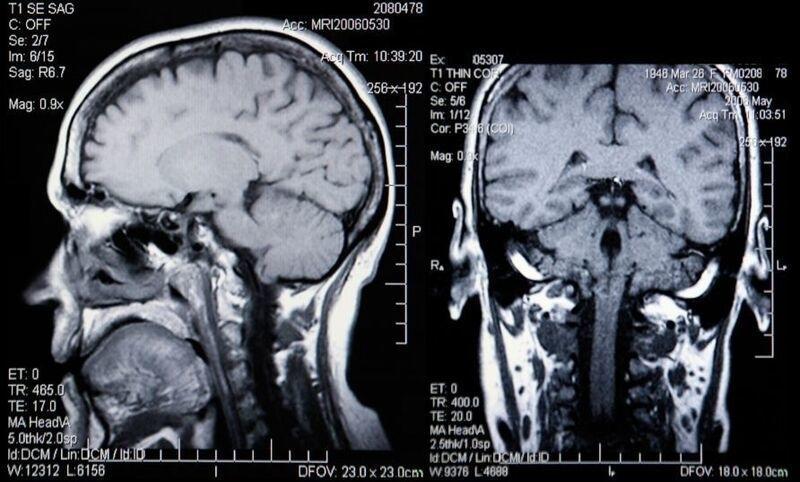The History of Lobotomy

Lobotomy is now considered an inhumane and obsolete procedure that no one would ever want to be subjected to. However, at the time of its advent, it was not the primitive and brutal surgery we view it as today. In a time where medications to treat psychological and emotional conditions were non-existent, and psychiatric hospitals were dealing with severely over-crowded facilities, the lobotomy was widely considered an innovative and breakthrough procedure that was used to treat a variety of illnesses such as severe depression, extreme pain, and chronic backaches. It is surprising to note that lobotomies were performed in the united states even into the 1980’s.
The actual history of lobotomy began a few decades prior to being considered an official procedure when Johann Gottlieb Burckhardt, a Swiss psychiatrist and medical director of a small psychiatric hospital in the Swiss canton of Neuchâtel, performed 6 surgeries called psychosurgeries or neurosurgeries as they are now known. The surgeries involved removing some parts of the brain’s cerebral cortex. His form of lobotomy received negative reviews from his peers, and Burckhardt didn’t pursue this procedure any further.
A few decades later, what became the official lobotomy procedure was undertaken in Europe under the guidance of António Egas Moniz. Moniz was a Portuguese neurologist who is also known for his development of cerebral angiography, an innovative diagnostic that allows physicians the ability to see the blood vessels in the brain. Though Moniz was the one who had devised the official leucotomy (known now as lobotomy) procedures, he was unable to perform the operations himself due to the fact that his hands were afflicted with gout. His assistant, Almeida Lima, instead performed the first series of lobotomies in 1935 in Lisbon, Portugal.
How were lobotomies performed?
The procedure itself was remarkably simple, requiring only a pair of 8-centimeter steel spikes attached to wooden handles. 2 holes would then be made in the patient’s cranium using a drill, these holes were made either at the top of the skull or on the sides, and these holes would provide entry for the spikes to be inserted. Egas Moniz was convinced that the cause of the brain malfunctions were "fixed circuits" in the brain, so the spikes would be used to sever these connections. After the spikes were inserted fully into the brain matter, the surgeon would use them to separate the frontal lobe of the brain from the other parts by manipulating them from side to side. This procedure would remove the fibers that connected the frontal lobe to the rest of the brain. Afterwards, ethanol was injected into the white matter to permanently eradicate these fibers. After 8 such surgeries, they replaced the spikes with what they called a leucotome, which was just an 11-centimeter cannula with a wire loop at the end. The purpose of the wire loop was to cut more fibers and separate the frontal lobe even further from the rest of the brain. This then became the standard lobotomy procedure that would be used worldwide.
The spread of lobotomy around the world
By February 1936, Egas Moniz and his assistants were performing 20 such lobotomies on a weekly basis, and they felt the procedure was an overall success. Of 20 patients whom he performed the procedure, Moniz concluded that 14 of the subjects were cured of their psychological conditions which included schizophrenia and depression. He quickly published his results, and although the medical community was not immediately willing to accept the procedure or his findings, they eventually conceded. Egas Moniz even received a Nobel Award for inventing the procedure. Those who disagreed with Moniz receiving the award, later establishing a movement to revoke the award, but their goal was not achieved, and the movement was unsuccessful. Walter Freeman, an American neuropsychiatrist, then brought the procedure to the United States later that year and made further advancements and alterations to the procedure.
Changes to the procedure
The first substantial change was eliminating the need to drill holes into the patient’s cranium, but rather inserting a leucotome into the upper eyelid and into brain. This procedure is known as a transorbital lobotomy and did not necessarily require anesthesia or even an operating room to perform. Freeman also advised that electroconvulsive therapy would be used to render the patient unconscious if anesthesia was unavailable during conventional lobotomies. Freeman’s advancements to the lobotomy procedure would lead him to the creation of a transorbital lobotomy that took a mere 10 minutes to perform. The procedure was given the name “ice pick lobotomy” because actual ice picks were used during early experimentation. Also, the instrument Freeman used, the orbitoclast, very closely resembled an ice pick. the orbitoclast was actually devised by Freeman himself in 1948, as a safer and more advanced alternative to the leucotome, which was known on occasion to break off in the patient's skull. The fracturing of this instrument resulted in the need to surgically extract it. the transorbital lobotomy was first performed in his office, located in Washington D.C. in January of 1946. It is estimated, in the duration of his career, that Freeman performed a staggering 3,500 lobotomies. It was also noted that he once performed 25 lobotomies in the span of a single day.
Later, lobotomies became a common form of treatment for mental disorders worldwide and by 1950, hundreds of thousands of lobotomies had been performed in various parts of the world. Despite the popular belief that lobotomies were performed strictly on adults and seniors, the procedure was also performed on children under the age of 18. The youngest child to undergo the procedure being only 4 years old. One of the more well known cases of child lobotomy was that of Howard Dully, at the age of 4, Dully was examined by Doctor Freeman who had concluded that he suffered from schizophrenia, however, other physicians who had examined Dully did not find any evidence to suggest the child was schizophrenic. It was at the age of 12 that Dully underwent a trans orbital lobotomy, performed by Freeman in 1960. Howard Dully went on to publish a memoir about his experiences. Doctor Freeman would continue his practice and praise of the transorbital lobotomy until his medical license was revoked in 1967 when a woman, "Helen Mortensen", died while Freeman was performing her third lobotomy procedure. Inevitably, advancements in medicine, and a better understanding of how to treat mental illness, made the lobotomy an outdated and unnecessary practice that is shunned by society.
















